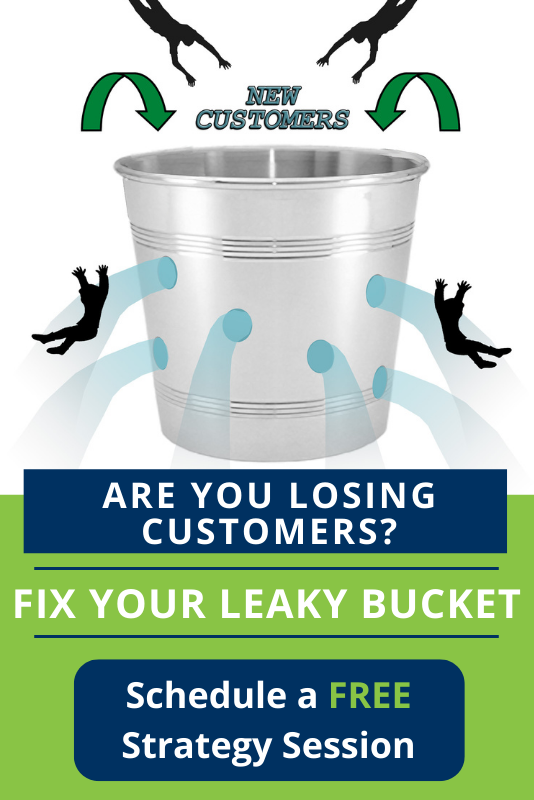Working every day to build your business and to concentrate on increasing sales in a strategic manner is not an easy task. Business Owners are being consistently pulled in so many different directions that they lose sight of how important it is to set time aside for strategic thinking. The end of the year is approaching, and now is a good time to start thinking about how you will make 2023 better than 2022.
We’ve just mailed our annual marketing planning calendars to all of our clients so that they can work with their Coach to map out their marketing for 2023. Planning is an integral part of our program. Along the way, we’ve collected a short list of obstacles that you might encounter when conducting a marketing planning session, and tips on how to avoid them.

Waiting to the last minute to come up with your plan.
Since strategic planning is work, it’s not uncommon for Business Owners to either ignore it or leave it to the last minute and not give it the attention it needs. Waiting to the last minute to come up with a marketing plan then throwing something together for the month when it’s the last week of the previous month isn’t a plan, it’s panic.
Action: When you strategically think in advance (we recommend at least 3 months preferably 12 months) the generation and application of ideas will lead to an organized plan. With strategic thinking, you and your team need to walk away from the meeting with a PLAN that can be taken from ideas to action. Implementation is what produces results. Provide your team with a CLEAR and detailed plan including who does what by when to ensure the best chance of success. Give them specific directions and expectations to accomplish them.

Don’t allow money to dictate strategy.
Constricting the creative process of creating fun, engaging marketing with strict budget numbers will shut down ideas that could be brilliant and only needs tweaking to be feasible. Your marketing needs to be viewed as an INVESTMENT with an expected RETURN not an expense. Determine what you goal is first, revenue increases, products sold, customers booked etc.
Action: Leave the budget numbers in the folder until your team has had the opportunity to generate and think through new ideas and established a plan to meet the projected goal. This will allow everyone to contribute freely and then you can decide how much your budget is based on the potential outcome.

Lacking the discipline to change.
Planning involves the intelligent allocation of limited resources, (time, money, peoplepower). Too often, to minimize risk, we don’t implement new ideas to simply maintain the status quo in fear of making trade-offs.
Action: Identify your resources — money, people’s skills and time available — and begin detailing how they are allocated, including your own time. Does this distribution appear different from past months and years? Does it reflect the changing economy, market trends and your customer needs? Don’t be afraid of change. Your market is changing, and you must develop a strategy to capitalize on it.

Stick to the Plan.
Once you have your plan in place, make sure you work it. It might be necessary to tweak it along the way but don’t get mesmerized by the next new shiny object within your sight. Failure to stick with a sound, prepared plan can lead to confusion, and confusion does not generate sales.
Action: Set aside a time for review your plan’s progress at all its stages and leave room for “tune-ups.” If something isn’t working – correct it, but don’t derail the entire project. Steady on, make notes for next time and repeat what works.



